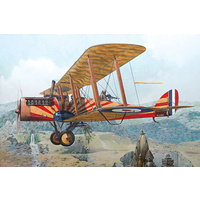
Roden 1/48 Airco (De Havilland ) DH4 w / PUMA Plastic Model Kit
$43.99
Description
At the beginning of WWI two-seater airplanes were built in accordance with the orthodox" layout, in which the pilot had a position in the rear seat, and a gunner-observer sat in the front. Only after the appearance of the famous Sopwith 1½ Strutter did the situation change, and the two-seater airplane gained its "classic" arrangement the crew changed places in the cockpit of the airplane. It was an era in which the classic single-seat fighter had not yet taken center stage, and that is why the majority of new designs consisted of two-seaters.
In 1916 British aircraft designer Geoffrey de Havilland developed one such type in accordance with the "classic" layout. It was a two-seater biplane which history came to know by its official name, the D.H.4. At first, it was planned as a multipurpose airplane with the 230 h.p. Beardmore B.H.P. engine, however in the process of putting it into series production it transpired that the engine would have to be exchanged for another type, because the B.H.P. still needed perfecting and substantial revision.
The airplane passed its tests successfully, and already the preliminary orders for it from the military were overtaken they were immediately doubled to 740 units from the previous order and that was not the end of it, because the front required plenty of machines of this type. Seeking the most worthwhile replacement for the powerplant the designers of the airplane chose the 375 h.p. Rolls Royce Eagle engine, which offered a substantial improvement in the airplane's basic flying performance, however it was not being built in sufficient quantities even for the D.H.4, let alone other types of airplane.
From that moment the production of the D.H.4 was expanded from the base of the main manufacturer, the Airco firm (AMC), on to the plants of several subcontractors, such as Palladium Autocars, Vulcan, Westland, Glendower and others. Taking into account the permanent problem of the availability of the main Rolls Royce Eagle engine, designers had to find a replacement for it.
As a result, many machines of this type were built with installations of the RAF3a, Fiat-A12 and Siddeley Puma engines. The characteristic feature of every version was a different shape of the fuselage's nose, following the differences in the overall sizes of the engines and their exhaust systems. Airplanes fitted with the Puma engine had a somewhat prolonged nose with less of a "snub-nosed" look in comparison with the other versions, when other D.H.4s at the time were almost "straight-nosed".
The D.H.4's active service career began in January 1917, and soon this type gained great renown among the pilots of the R.N.A.S. and the R.F.C.. It was capable of climbing quickly to a considerable altitude, and it could maneuver in combat with enemy airplanes. Its main task was to conduct daytime bombing missions over the territory of the enemy; however, occasionally the D.H.4 was used as a transport for secret service agents, and as a fighter and interceptor.
During 1917 D.H.4s of various types, including those with Puma engines, were widely used in the skies of the Western Front, and even the arrival of the more modern D.H.9 did not end its career, because this successor appeared to be unsuccessful and was soon withdrawn from operations. And only the appearance of D.H.9A in 1918 pushed these machines into the background. They were gradually taken off from the front line, and passed on to training and patrol units. Many machines were sent to the British colonies, mainly to the Near East, to India and South Africa. There they were used until the mid 1920's, when they were exchanged for other types, mainly the Bristol F.2B Fighter"
Specifications
| Brand | Roden |
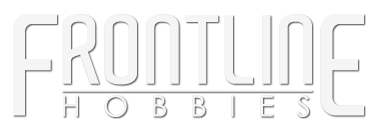





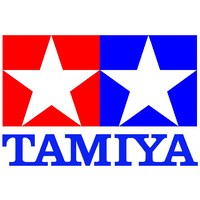

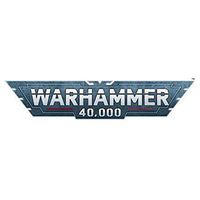

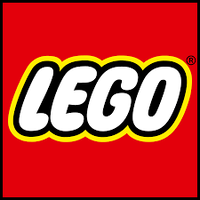
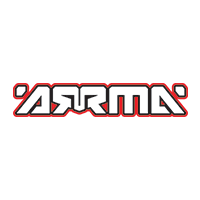
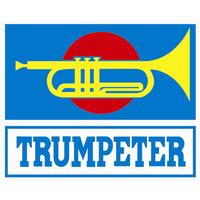
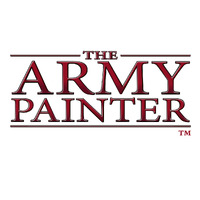
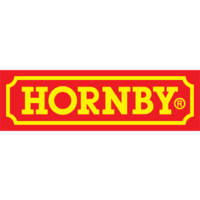
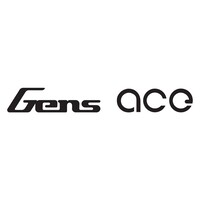
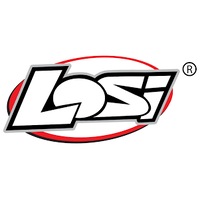
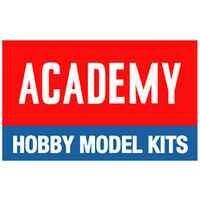
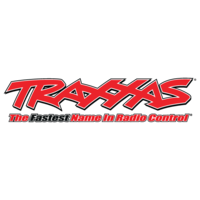
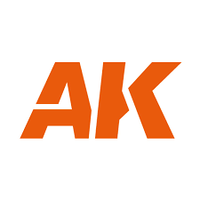

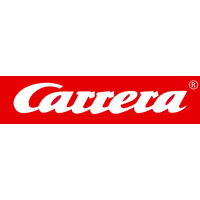

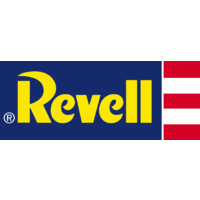
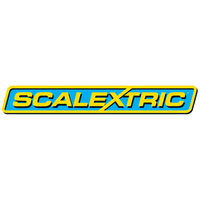
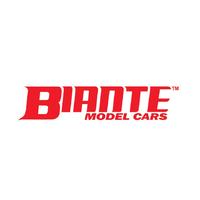
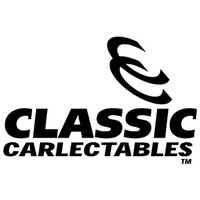
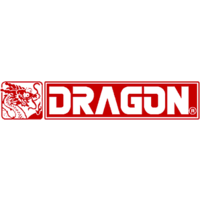
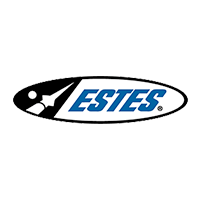
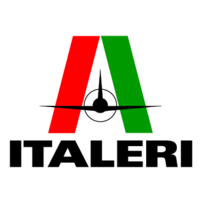
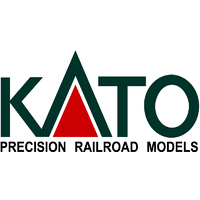
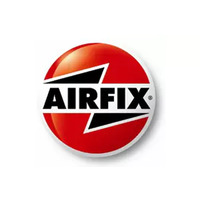
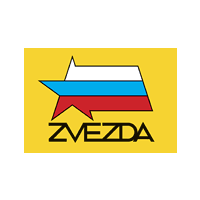
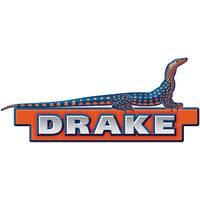

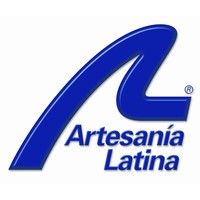
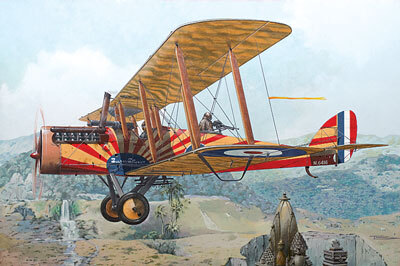
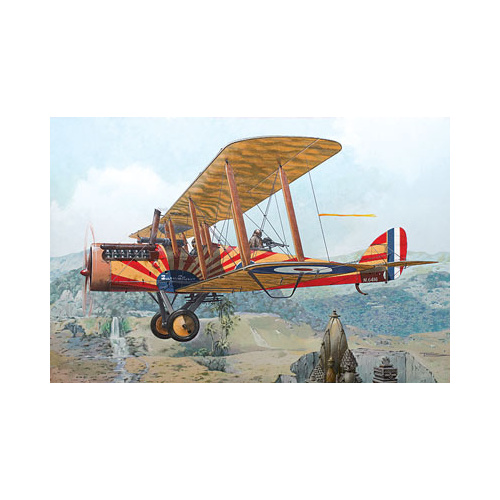
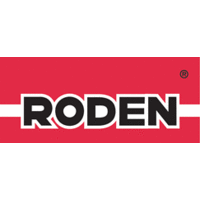
 Flat Rate
Flat Rate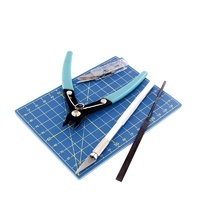
![Deluxe Materials Plastic Kit Glue 20mL [AD70]](/assets/thumb/DM-AD70.jpg?20230421114526)
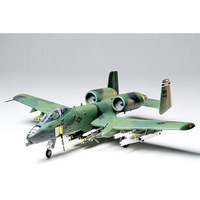
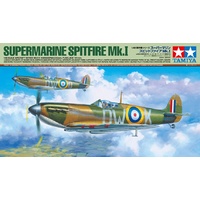
![Academy 1/72 USAAF B-29A "Old Battler" Superfortress Plastic Model Kit [12517]](/assets/thumb/ACA-12517.png?20210309115349)
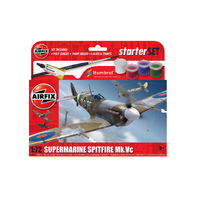
![Eduard 1/48 Spitfire Story: Southern Star Dual Combo Plastic Model Kit *Aus Decals* [11157]](/assets/thumb/ED11157.png?20220316112418)










